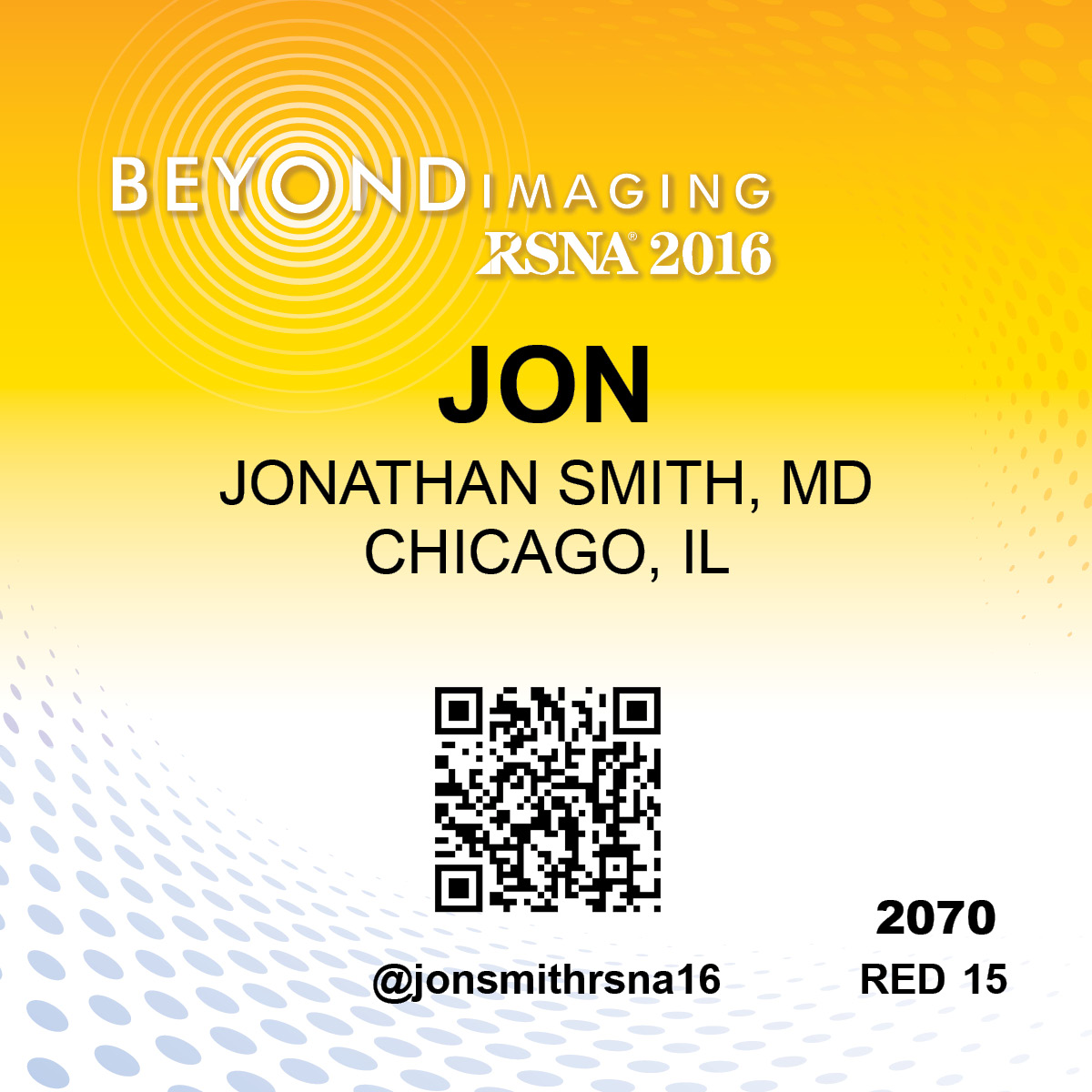Monday's Press Releases
Tuesday, Nov. 29, 2016
Research developments presented at the annual meeting are shared with the public through print, broadcast and internet media stories. Three stories were released to the press on Monday:
Head Impacts Lead to Brain Changes in High School Football Players
Brain imaging exams performed on high school football players after just one season revealed changes in both the gray and white matter that correlated with exposure to head impacts, says a new study. The study included 24 players from a high school football team in North Carolina, each of whom wore a helmet outfitted with the Head Impact Telemetry System (HITS) during all practices and games. Each player underwent pre- and post-season imaging to assess changes in brain structure and function. None of the players were diagnosed with concussion, but players with greater head impact exposure had the greatest change in imaging metrics.
Large Study Finds No Evidence for Age-Based Mammography Cut-Off
In the largest-ever study on screening mammography outcomes, researchers found that there is no clear cut-off age to stop breast cancer screening. Using data from the National Mammography Database, the research team from University of California, San Francisco, analyzed data from more than 5.6 million screening mammograms performed over a 7-year period between January 2008 and December 2014 in 150 facilities across 31 states in the U.S. Data from 3.6 million women over age 40 were sorted into patient groups by age in 5-year intervals. Based on increasing age, performance metrics demonstrated an upward trend for cancer detection rate and positive predictive values, and a downward trend in recall rates until age 90.
Study Finds Cause of Visual Impairment in Astronauts
Over the last decade, flight surgeons and scientists at NASA began seeing a pattern of visual impairment in astronauts who flew long-duration space missions. The astronauts had blurry vision, flattening at the back of their eyeballs and inflammation of the head of their optic nerves. This new study found that long-duration astronauts had significantly greater post-flight increases in orbital and ventricular cerebrospinal fluid (CSF) volume. The large post-spaceflight ocular changes observed in International Space Station crew members were associated with greater increases in intraorbital and intracranial CSF volume.
All RSNA 2016 press releases are in the newsroom at RSNA.org/Press16, available on the day of the presentations.




 Home
Home Program
Program Exhibitors
Exhibitors My Meeting
My Meeting
 Virtual
Virtual Digital Posters
Digital Posters Case of Day
Case of Day

